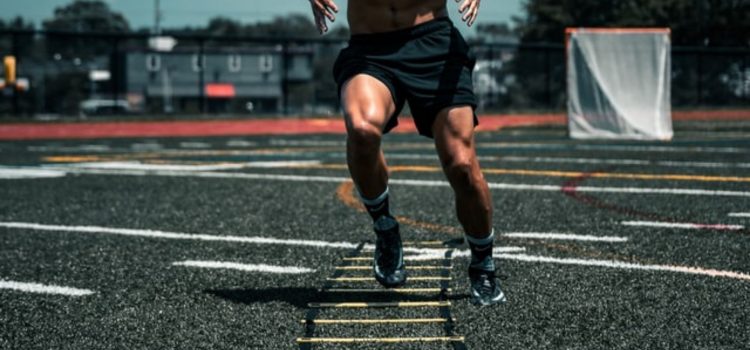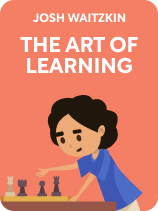

This article is an excerpt from the Shortform book guide to "The Art of Learning" by Josh Waitzkin. Shortform has the world's best summaries and analyses of books you should be reading.
Like this article? Sign up for a free trial here .
Do you work out until exhaustion? How do you avoid exercise burnout?
According to Joshua Waitzkin, the key to avoiding training burnout is to build a rhythm of exertion and relaxation. Not only does alternating between effort and rest help prevent overexertion and injury, but it also increases performance.
Here’s how balancing exertion and rest can help prevent exercise burnout.
Build a Rhythm of Exertion and Relaxation
To excel in the long-term, Waitzkin says to balance effort and rest. To this end, develop a sustainable rhythm of exertion and relaxation. Relaxation is crucial for maintaining your energy and preventing exercise burnout, and it leads to better performance when it’s time to move.
For example, Waitzkin says as a teenager, he would pour ferocious amounts of energy into challenging singular games. Afterward, he’d be too drained to return to that level of performance and would falter throughout the rest of the competition. Later on, he learned how to manage his energy through tai chi and cardiovascular interval training.
(Shortform note: In a 2019 recent interview with Tim Ferriss, Waitzkin said that it’s better to be able to go from a “relaxed zero” to an “intense 10” than to constantly live around a six. In other words, living with constant, moderate tension will keep you drained. On the other hand, learning to oscillate between deep relaxation and intense performance allows you to experience higher highs and more meaningful relaxation. Without one or the other, you can’t consistently access peak performance or real restfulness.)
Waitzkin argues that even short rests increase performance. Specifically, he found that in chess, concentrating in intervals with short breaks more than doubled how long he could think effectively.
Waitzkin advocates cardiovascular interval training, in which you cycle between bouts of sprinting and brief, slower resting periods. For example, you might sprint on a stationary bike at a pace that raises your heart rate to 175 bpm, then lower your intensity to reach a heart rate of 140 bpm or so, and repeat. Over time you aim to lengthen sprints and shorten rests and, one increment at a time, you train your heart to recover more fully in less time. Waitzkin argues that this practice develops the connection between your mind and body.
(Shortform note: The body is full of natural rhythms, and this may explain why interval training works so well. Managing your circadian rhythm, for example, is key to maintaining stable daily energy. The heartbeat is another familiar rhythm, as is our breathing. In the brain, alpha, beta, delta, gamma, and theta brainwaves all play different roles from heightening our awareness to taking us into deep, relaxed sleep. Rhythm may be a fundamental feature of our reality, as it shows up everywhere from the cosmos to our cells.)

———End of Preview———
Like what you just read? Read the rest of the world's best book summary and analysis of Josh Waitzkin's "The Art of Learning" at Shortform .
Here's what you'll find in our full The Art of Learning summary :
- Life advice from chess prodigy and tai chi World Champion Josh Waitzkin
- Detailed looks at the psychological and technical sides of skill-building
- How to build any skill from the bottom-up






